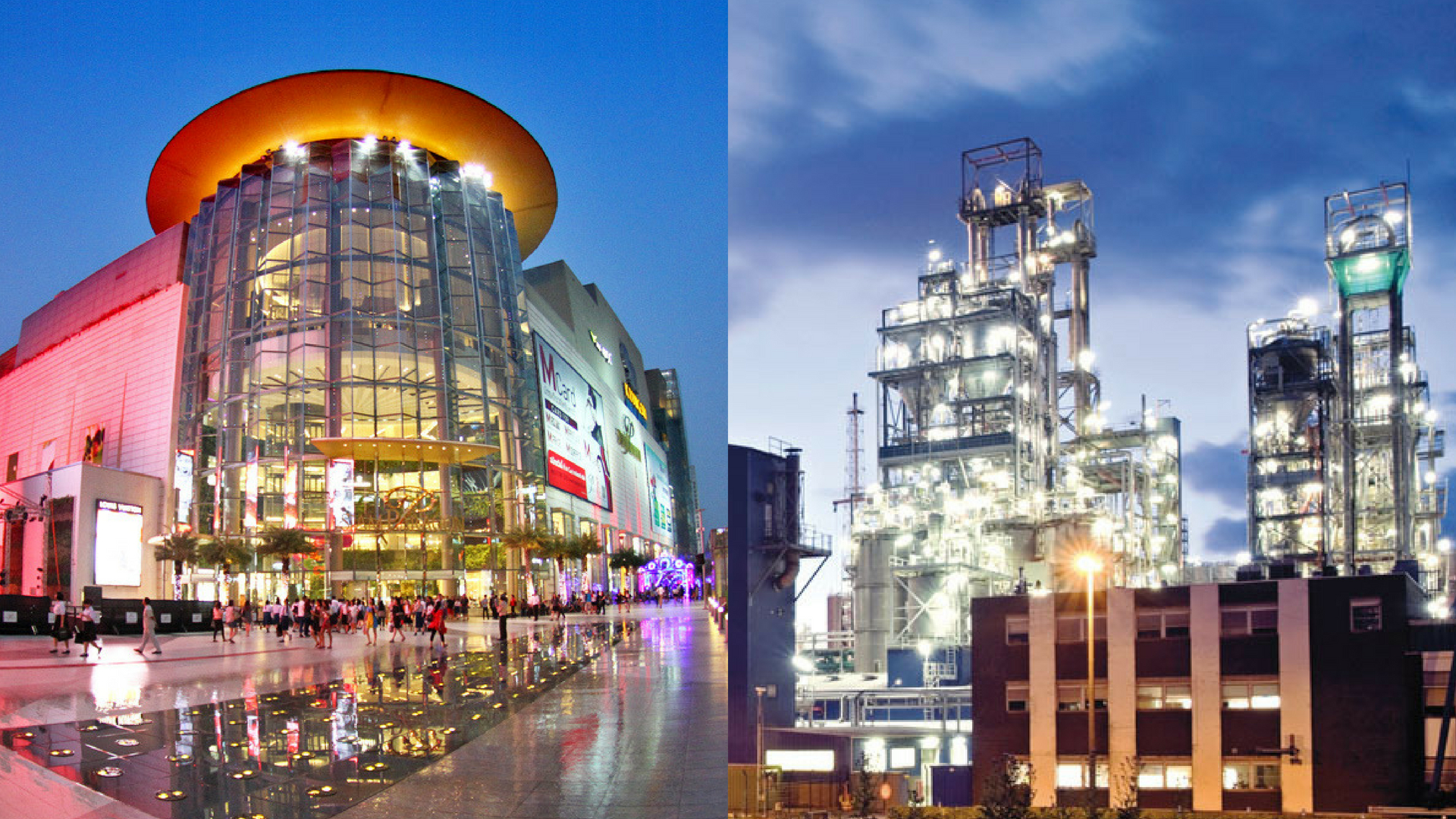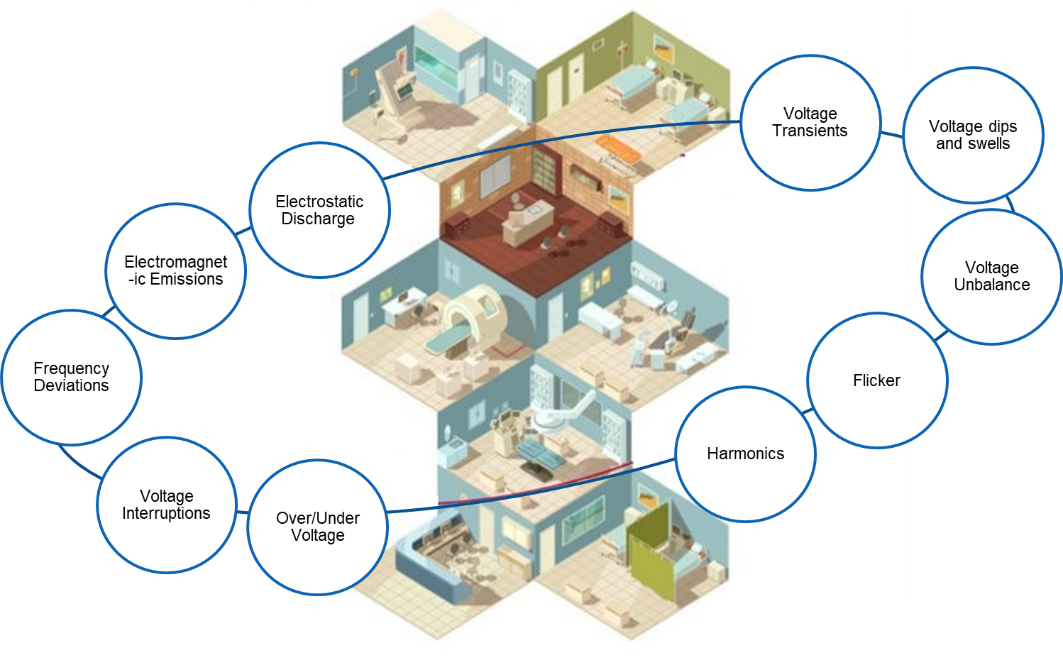We recently explored the causes of surges in Industrial & Commercial Power Systems. In this blog, we will sudden ways to protect electronic equipment from surges in industrial and commercial areas.
Avoiding Surges in Industrial & Commercial Areas
Surges, or sudden high voltage fluctuation, pose significant threats to the running operation of industrial and commercial facilities. Here's why it's imperative to avoid surges in these settings:
- Equipment Reliability: The backbone of industrial and commercial enterprises often relies on electronic equipment. Unplanned downtime, costly repairs, and even equipment replacement can result from surges that compromise the reliability of this equipment.
- Operational Continuity: Industrial and commercial businesses can suffer because of downtime. Surges can disrupt operations, leading to financial losses and reduced productivity. Mitigating surge risks is crucial to ensure smooth operational continuity.
- Data Protection: Data is a more valuable asset than ever. Surges have the ability to corrupt or destroy sensitive/vital data stored on servers and computer systems, resulting in permanent data loss.
- Safety Considerations: Electrical surges can be dangerous, causing device faults, overheating, or electrical fires. Avoiding surges contributes to a safer working environment for employees.
Types of Surges:
Surges are typically classified into two types: lightning surges and switching surges.
- Lightning Surges: Lightning strikes cause two forms of surges:
- Radiated Surges: Lightning causes these surges, which can move across the air. Faraday Cages and other shielding devices are frequently used to protect against radiation surges.
- Conducted Surges: These are surges that go across power, data, and communication cables. Surge Protection Devices (SPDs) are essential for mitigating the effects of conducted surges.
The Role of Surge Protection Devices (SPDs)
SPDs play a crucial role in preventing surge-related equipment damage. Here's how they operate:
- SPD Functionality: SPDs are normally inactive but activate during surges, similar to fuses but dependent on voltage rather than current.
- Surge Handling: SPDs can tolerate several surges throughout time, with performance dependent on the amplitude of the shocks absorbed.
- MCOV (Maximum Continuous Operating Voltage): Surges are transient in nature, lasting only microseconds to milliseconds, implying that the overall energy involved is quite modest. SPDs become active when the voltage across them surpasses a predetermined level known as MCOV.
Selecting and Installing SPDs
Choosing the right SPD for a specific application is crucial, as is ensuring proper installation. Incorrect installation can lead to equipment and SPD damage. In some instances, equipment failures persist despite the SPD being in good condition, creating undesirable situations.
It's worth noting that while most Electrical Engineers are well-versed in installing current-operated devices like fuses and MCBs, SPDs function differently as voltage-operated devices. Here, a short, direct wire run is more critical than wire thickness.
In conclusion, avoiding surges in industrial and commercial areas is paramount to prevent equipment failures, data loss, and safety hazards. The adoption of surge protection measures, along with the selection and proper installation of SPDs, is essential for maintaining equipment reliability, operational continuity, and overall safety within these settings. Protect your investments by taking proactive steps to guard against surges and ensure uninterrupted business operations.
For more information, contact us at [email protected]




